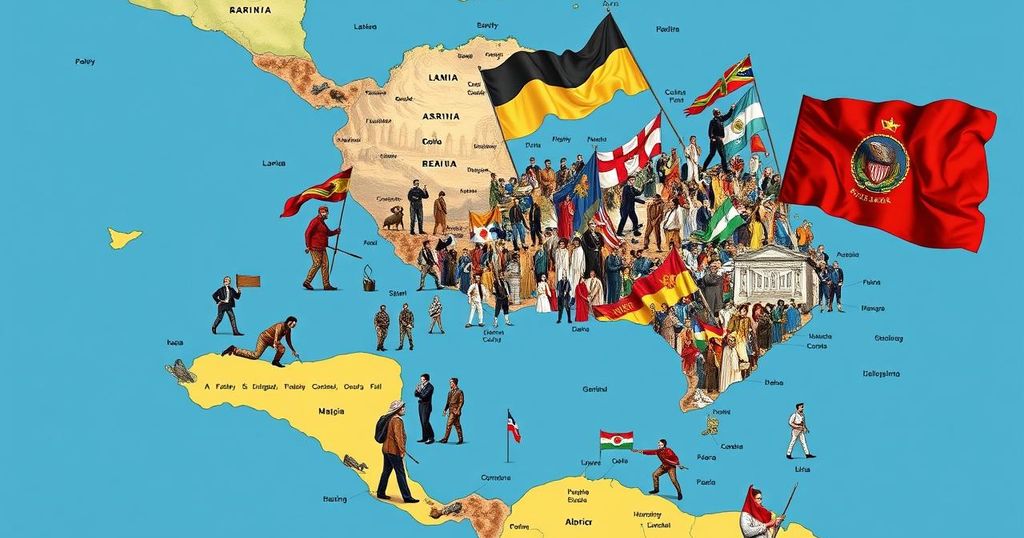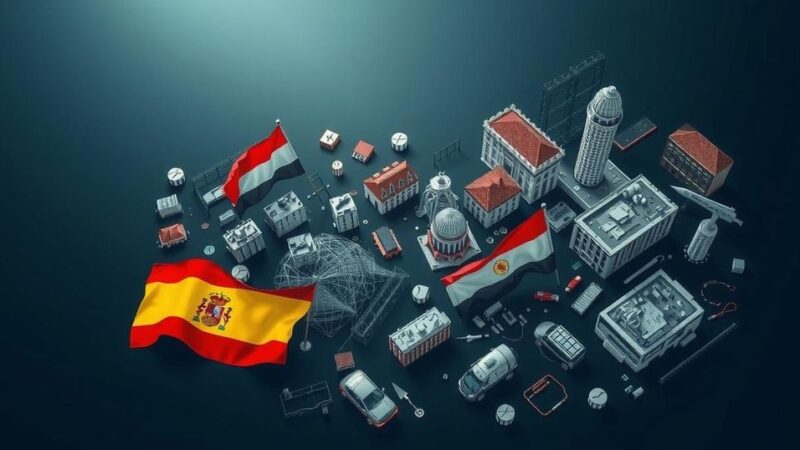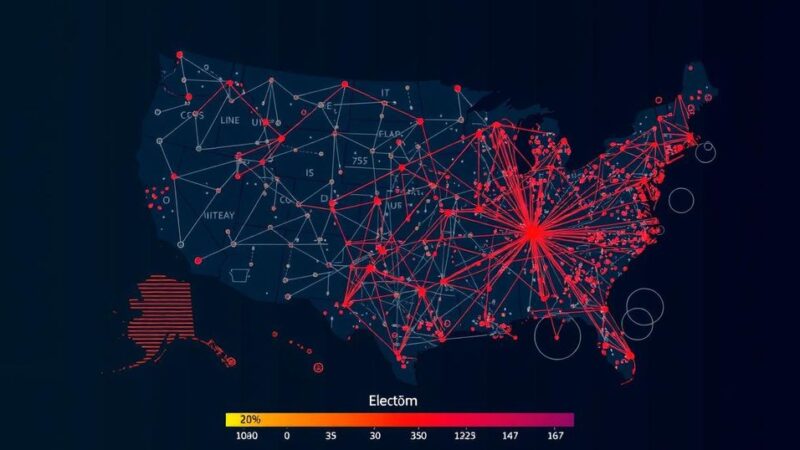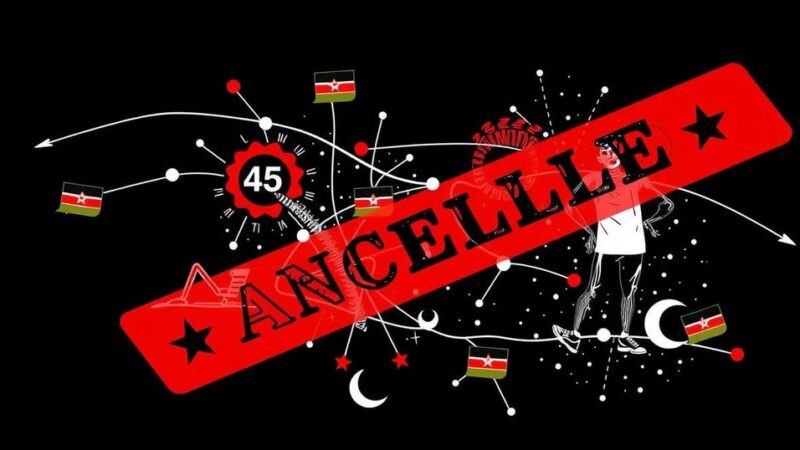The early to mid-20th century in Latin America saw economic growth intertwined with political challenges, as countries navigated the aftermath of World War I and the Great Depression. Nationalist responses to foreign influence emerged, leading to increased domestic manufacturing and the gradual urbanization of populations. Despite significant social changes, stark disparities remained between rural and urban demographics, setting the stage for ongoing transformations in the region.
The trajectory of Latin America throughout the 20th century was marked by significant economic growth and political stabilization, despite facing various challenges that emerged as the century progressed. While Mexico contended with economic decline and political unrest during the early years of the Mexican Revolution beginning in 1910, the region at large navigated shifts in both domestic and international dynamics, influenced by population growth and increasing integration into the global economy. The participation of Latin American nations in World War I was largely characterized by feelings of disconnection from the major alliances; participation on the side of the Allies was limited to Brazil, while Mexico and Argentina maintained a stance of neutrality. The disruption in trade during the war adversely affected countries like Argentina, which experienced significant drops in exports. However, following the war, a remarkable expansion occurred, benefiting Latin American exporters who responded to the demands of the former warring powers. Nonetheless, this boom was followed by vulnerabilities and fluctuating market conditions, particularly observable in Cuba’s sugar market, which epitomized the risks inherent in such economic dependency. The ensuing decade of the 1920s witnessed a revival in economic activity, spurred particularly by a surge in foreign investment, especially from the United States. Nevertheless, this influx catalyzed nationalist sentiments as foreign influence became increasingly resented. The Great Depression of 1929 marked a drastic turn, inflicting severe economic decline and forcing many nations to adopt a more protective stance against foreign trade. This resulted in a notable rise in domestic manufacturing, although much of it remained confined to consumer goods production, with countries like Mexico beginning to foster a more robust industrial base. Despite setbacks, Latin America saw gradual social transformation as a sizeable urban working class began to emerge, particularly in larger nations. However, rural populations still comprised the largest demographic group, facing substantial challenges in accessing education and health services. Over time, educational advancements coupled with the proliferation of mass media and improvements in transportation began to bridge the gap between isolated communities and national economies, fostering a more unified national identity. By mid-century, Latin America’s population had grown significantly, yet the urban-rural divide persisted, particularly affecting the way different regions developed. The rise of a middle class, bolstered by emerging educational opportunities, shaped the socio-economic landscape, although clear disparities remained between urban and rural populations. Overall, the period from 1910 to 1945 was one of profound transformation, characterized by both the challenges faced and the enduring resiliency of Latin American societies.
The overview of Latin American history highlights the region’s evolution through the interplay of economic and political factors during the 20th century. Starting from the early 1900s, Latin America depicted a complex landscape shaped by revolutionary struggles, economic booms, and busts, fluctuating in response to global trends such as the World Wars and the Great Depression. These dynamics are essential to understanding the socio-political climate of the region, where issues of nationalism, foreign influence, and social stratification played pivotal roles in shaping the identities and policies of Latin American nations.
In conclusion, the historical arc of Latin America from the early 20th century to mid-century presents a rich tapestry of economic challenges, social transformation, and evolving national identities. While nations faced various internal and external pressures, the period was characterized by significant developments that set the stage for future dynamics in the region. The interplay between economic vitality and nationalist sentiments shaped the trajectory of Latin American nations as they sought to reconcile their aspirations with the realities of global integration and domestic demands.
Original Source: www.britannica.com






